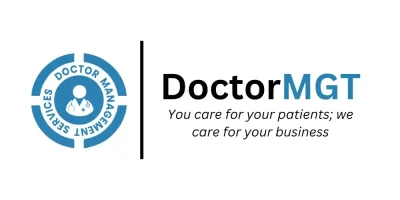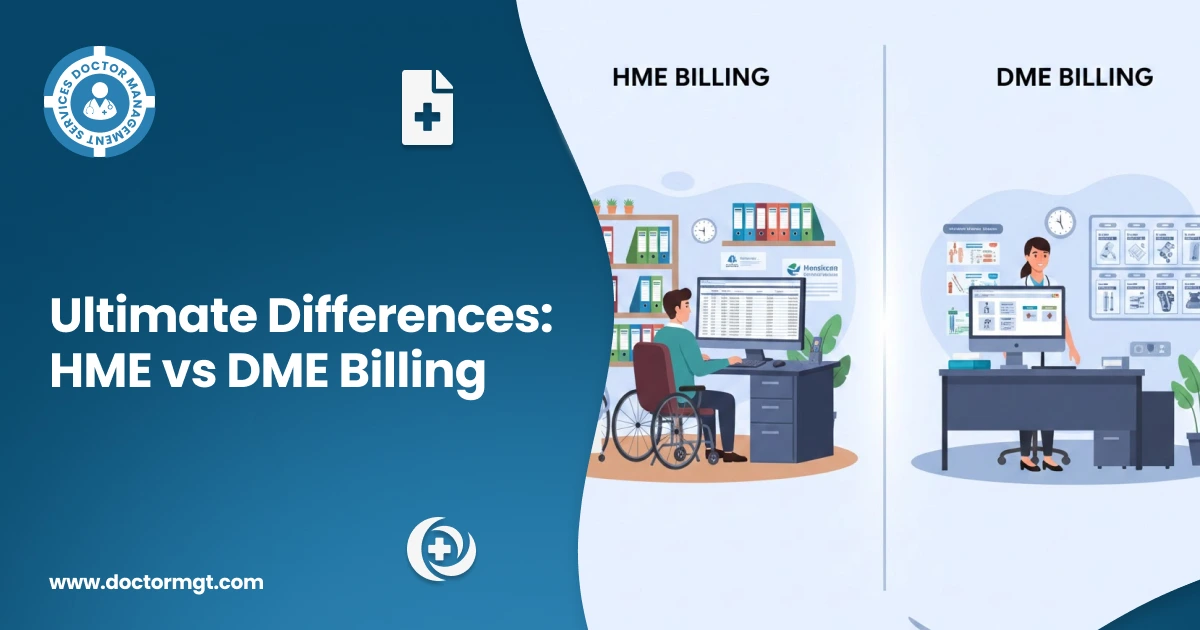Some payers noticed trouble early and took measures. In 2024, Humana and CVS Health’s Aetna cut down their Medicare Advantage (MA) plans, and as well as withdrew from the markets where margins were not reasonable. That meant cutting off members who were driving up costs. It was a calculated retreat, and it’s paying off. Both insurers raised profit expectations after Q2 2025.
Not everyone went that way. Companies that added benefits were UnitedHealth, Elevance, Centene, and Molina. They also expanded their MA membership, and in a few instances, because the others lost higher-cost patients to them. UnitedHealth grew by over 500,000 MA members during the first half of the year, the most in the industry. That expansion cost them: expenses grew even more rapidly than they projected, and particularly so in their MA plans.
The MA declines of Humana are over 400,000 members, and CVS has more than 200,000. Yet their remaining membership is turning out to be less expensive to maintain. The executives of the two businesses attribute part of it to fewer benefit provisions and withdrawals by their businesses.
Even insurers who are not yet breathing easy will find that the solution is already in the pipeline. UnitedHealthcare is quitting on 2026 MA plans with an enrollment exceeding 600,000 individuals, reducing supplemental benefits, and increasing premiums. Molina and Elevance are also planning trims and exits.
Medicaid and ACA Plans Also Under Pressure
It is not only Medicare Advantage. The same pressure is being experienced by Medicaid and Affordable Care Act (ACA) exchange plans. In Medicaid, the costs of behavioral health care and costly specialty medications are driving up expenditures faster than the reimbursement rates in many states are paying plans. Insurance companies that participate in the ACA are experiencing increased medical usage beyond what was anticipated, resulting in losses in some markets. In 2026, CVS is leaving the ACA market completely, whereas other companies, such as Elevance, Molina, and Centene, are also increasing their rates or reviewing their decisions about participating in the market.
The Kaiser Family Foundation (KFF) confirms that carriers have requested an average of 15 % of the ACA’s next year’s premium increase, the largest in a row since 2018. Policy shifts are adding uncertainty, including potential loss of coverage for millions if enhanced subsidies expire and Medicaid redeterminations continue.
What This Means for Healthcare Providers:
This is not merely an insurance tale, but a linear change of the financial dynamics of care delivery on the side of the provider:
• Fewer plan options networks: Patients might have reduced coverage options, and payers will tend to narrow down provider networks so as to keep costs down.
• More utilization controls: There will be more stringent prior authorization, shorter approval timelines, and more paperwork requirements.
• Higher patient financial responsibility: Increases in premiums in benefits may advance bad debt exposure because an increasing number of clients are encountering financial challenges with uncovered costs.
• Shifts in patient mix: Patient mix changes the input of the shift of patient mix changes can lead to sharp changes in types of coverage, impacting both the number of patients and predictable revenue.
- Regional payer openings: Smaller or provider-sponsored plans may enter markets vacated by national insurers, potentially offering better collaboration opportunities.
Bottom Line: Why Outsourcing Revenue Cycle Management Matters Now
With this type of payer environment, it is not a matter of keeping your revenue cycle tight; it is a matter of survival. Outsourcing to a skilled revenue cycle management (RCM) provider can assist providers:
- Monitor the real-time changes to the payer’s policy.
- Minimize rejections using better and cleaner compliant submissions.
- Withstand flare-ups in prior authorization or documentation requirements devoid of withdrawing clinical personnel from patients.
- Enhance collection by making collections quicker and improving the follow-up.
- Keep ahead of market exits and changes in benefits to ensure the contract and billing operations change before revenue is affected.
The insurance market is closing its door- with an appropriate RCM strategy, those providers are able to manage plan exits, cost switches, and administrative challenges without neglecting care.







